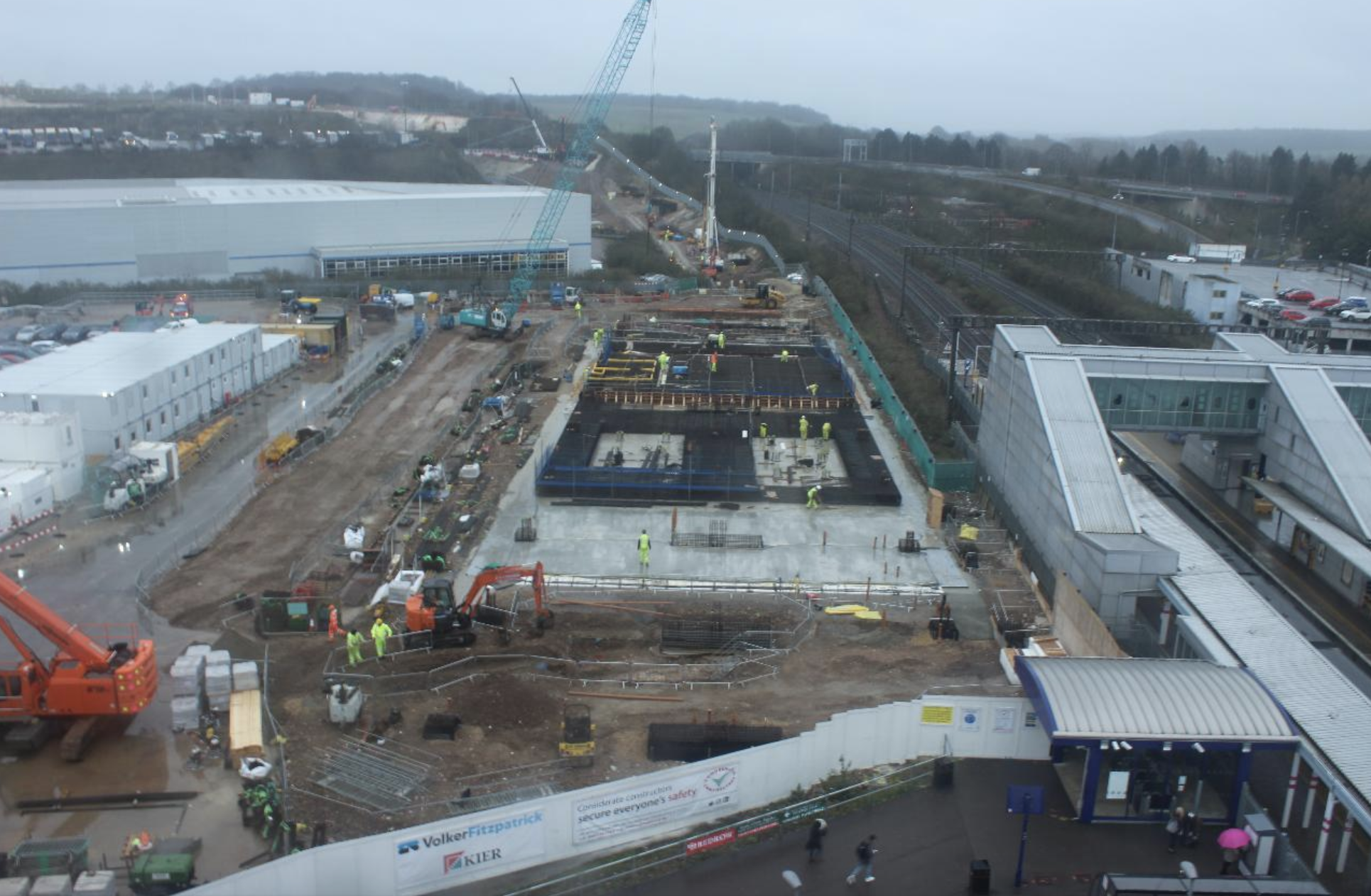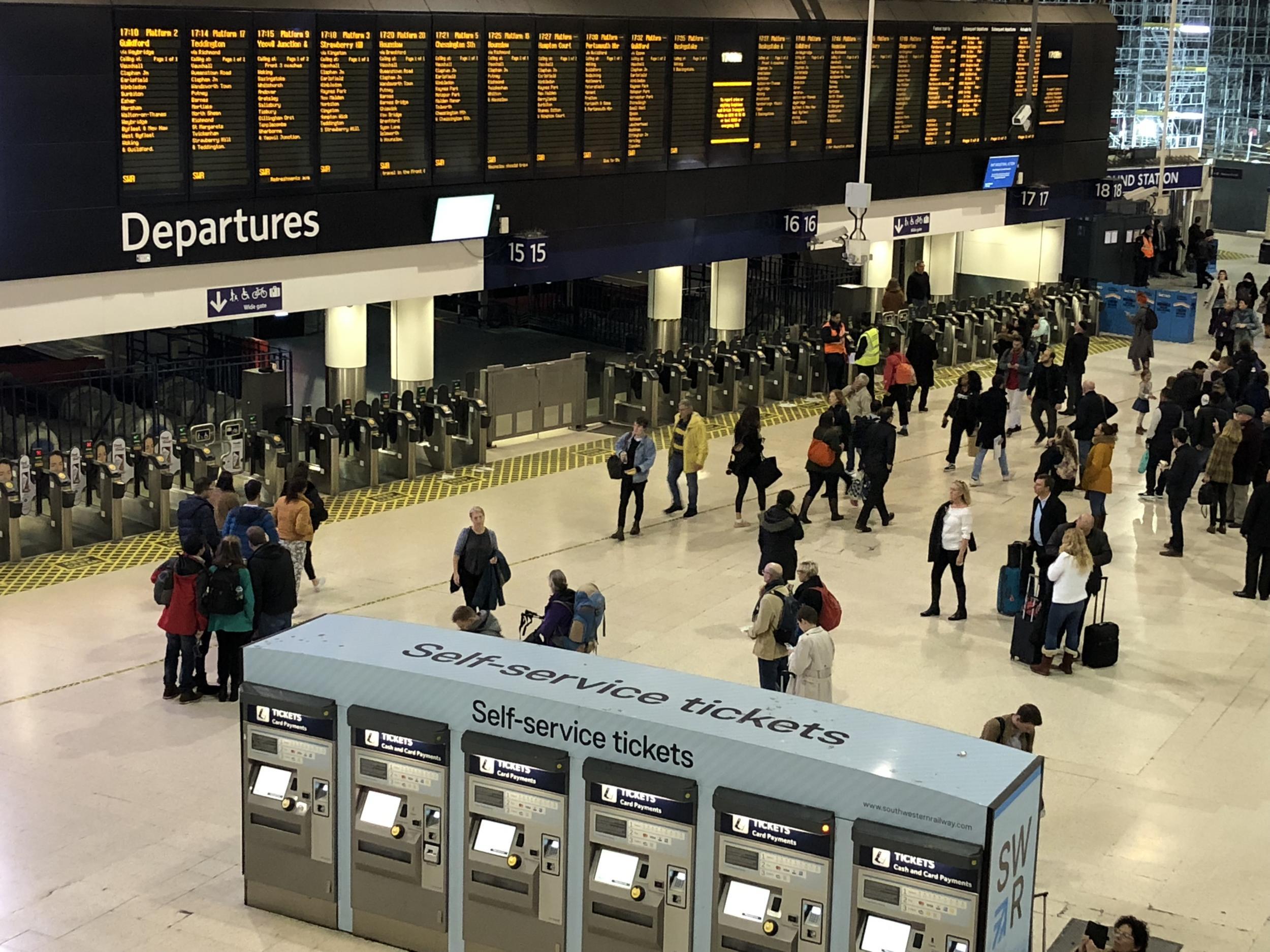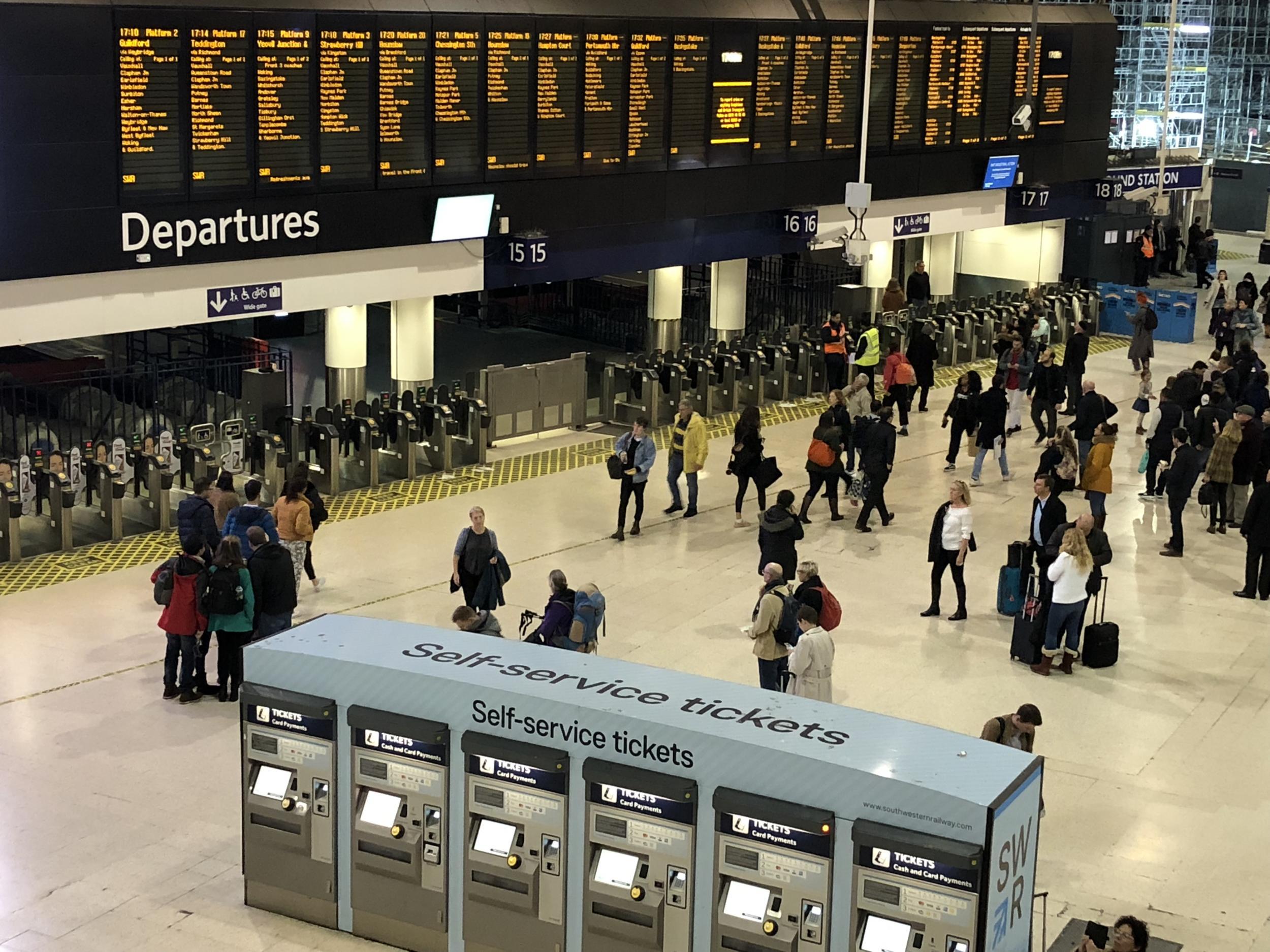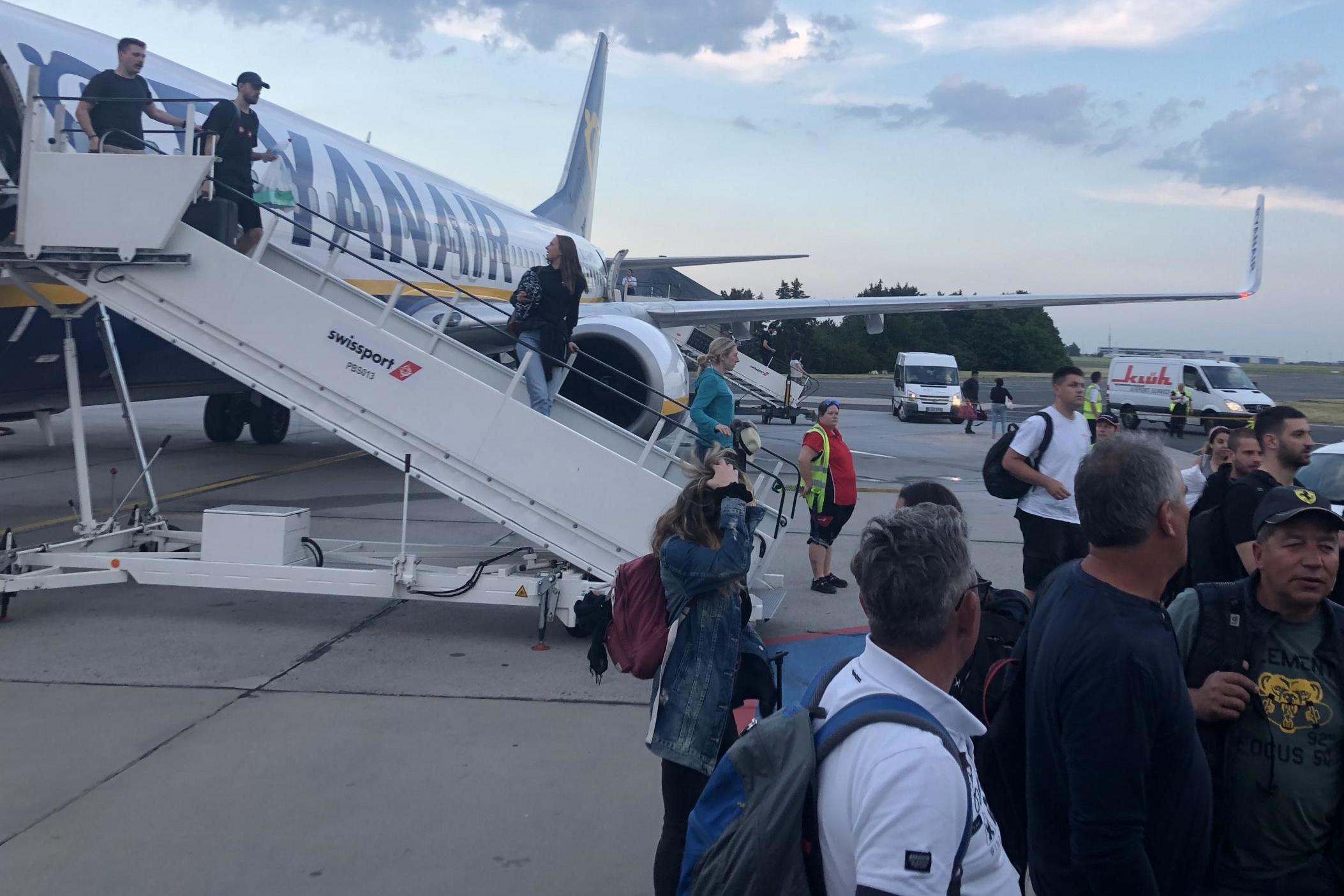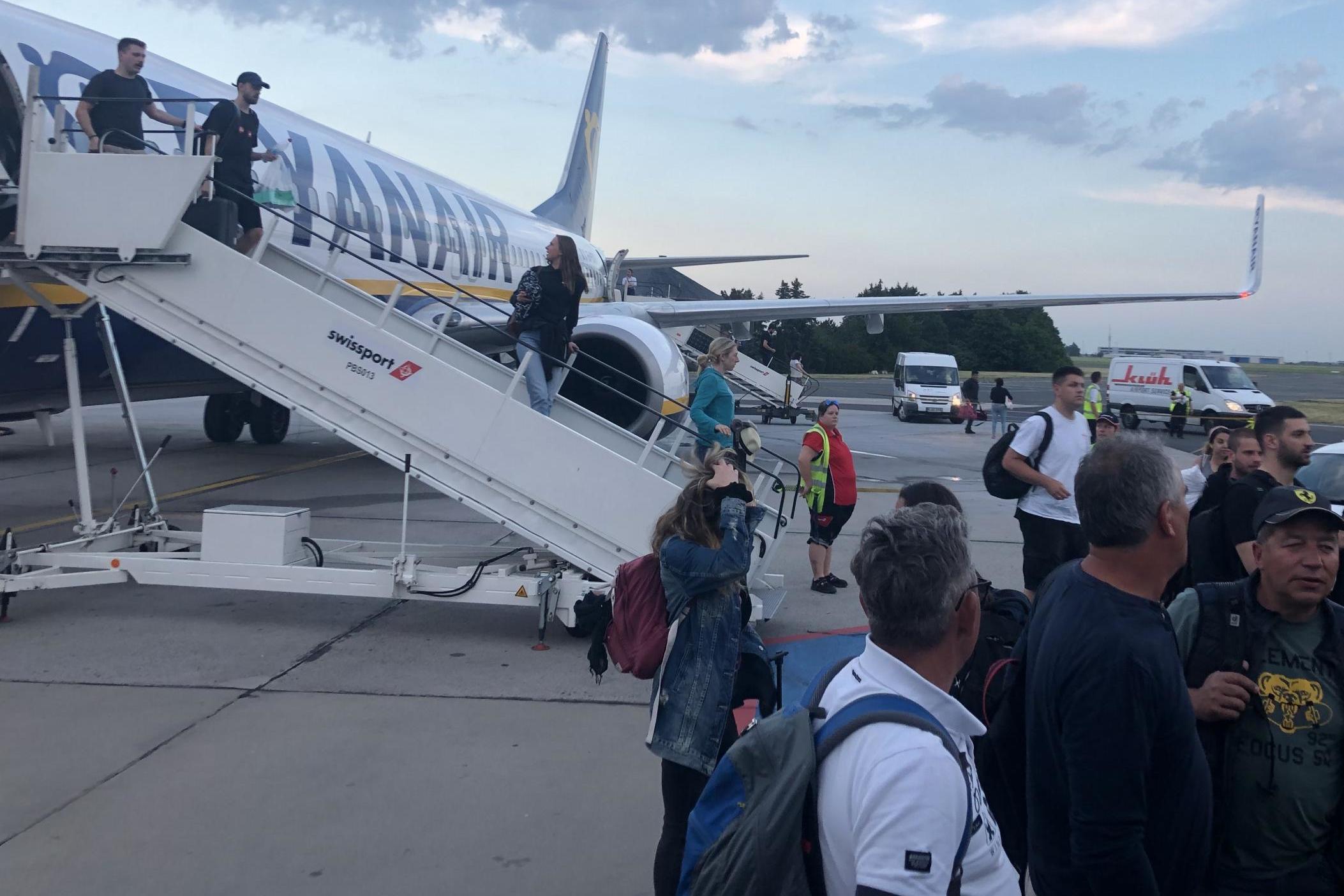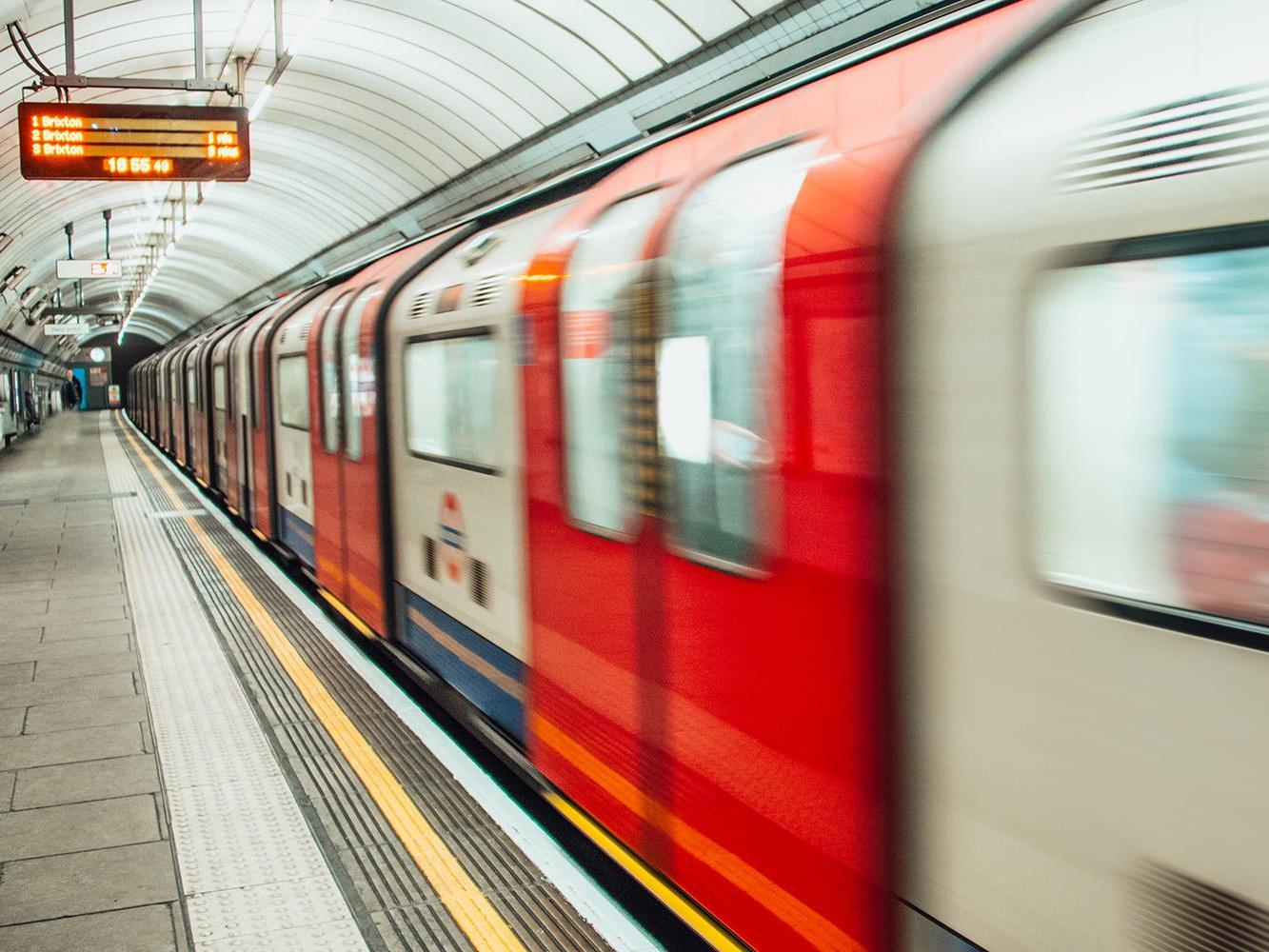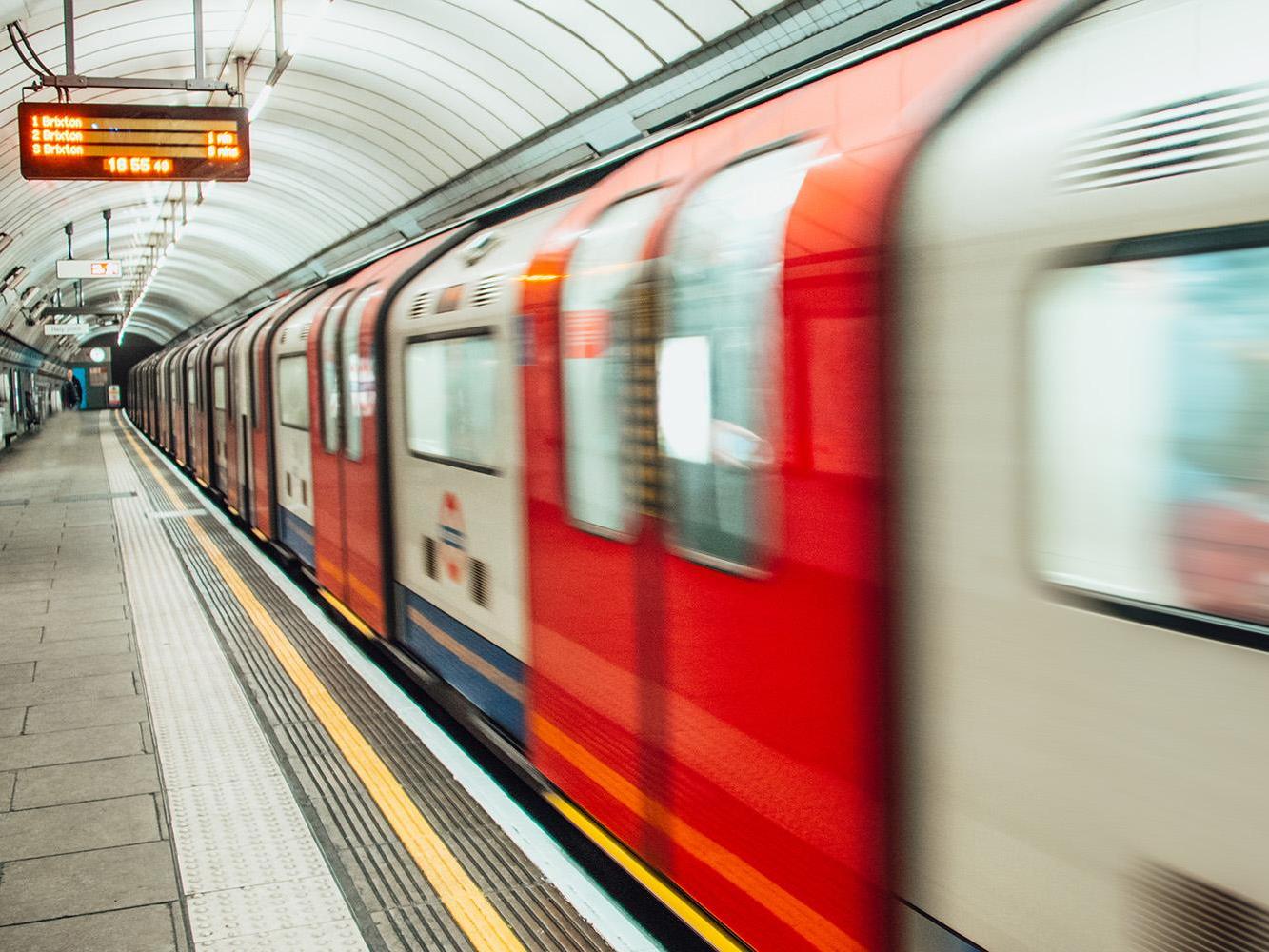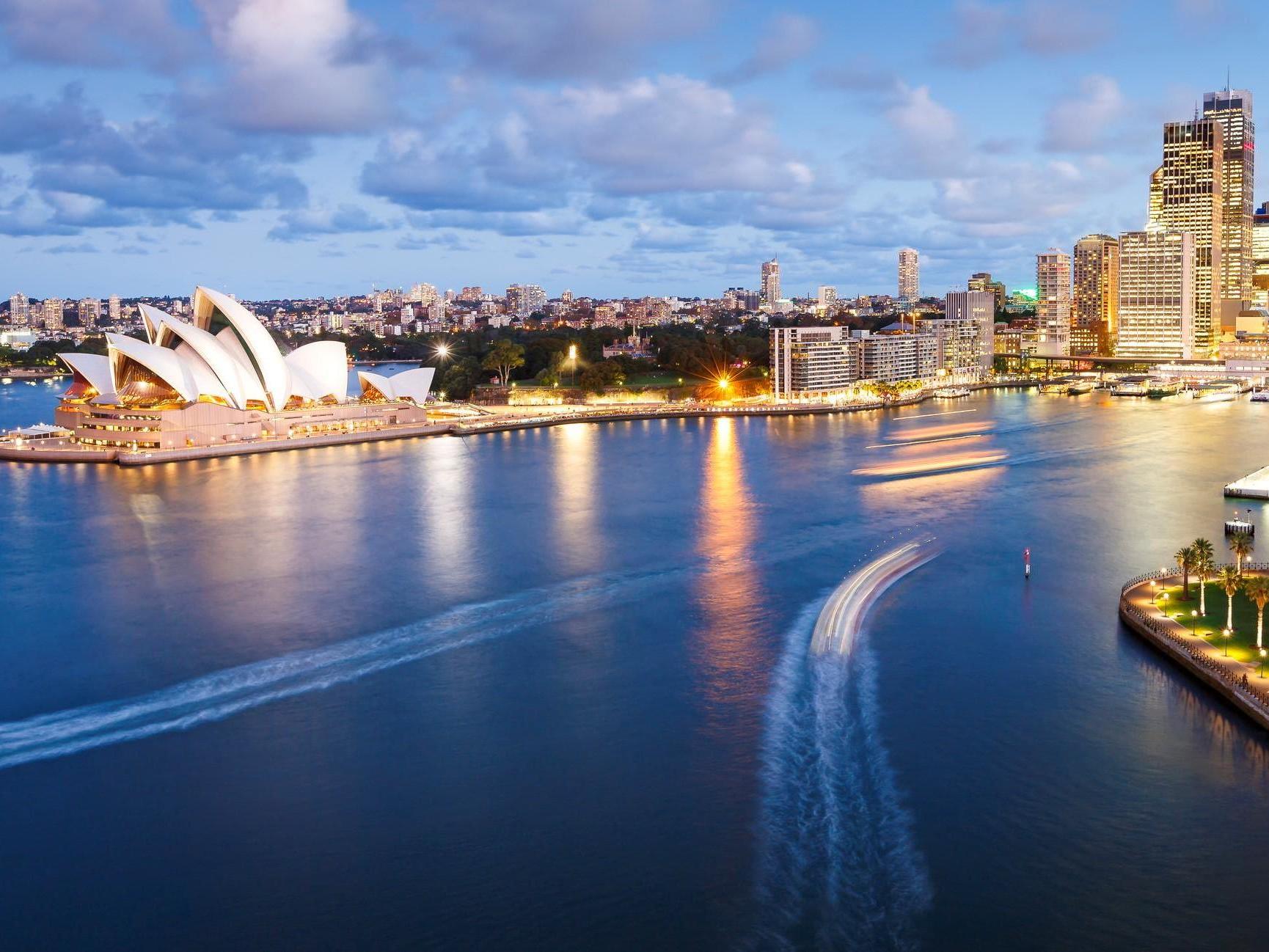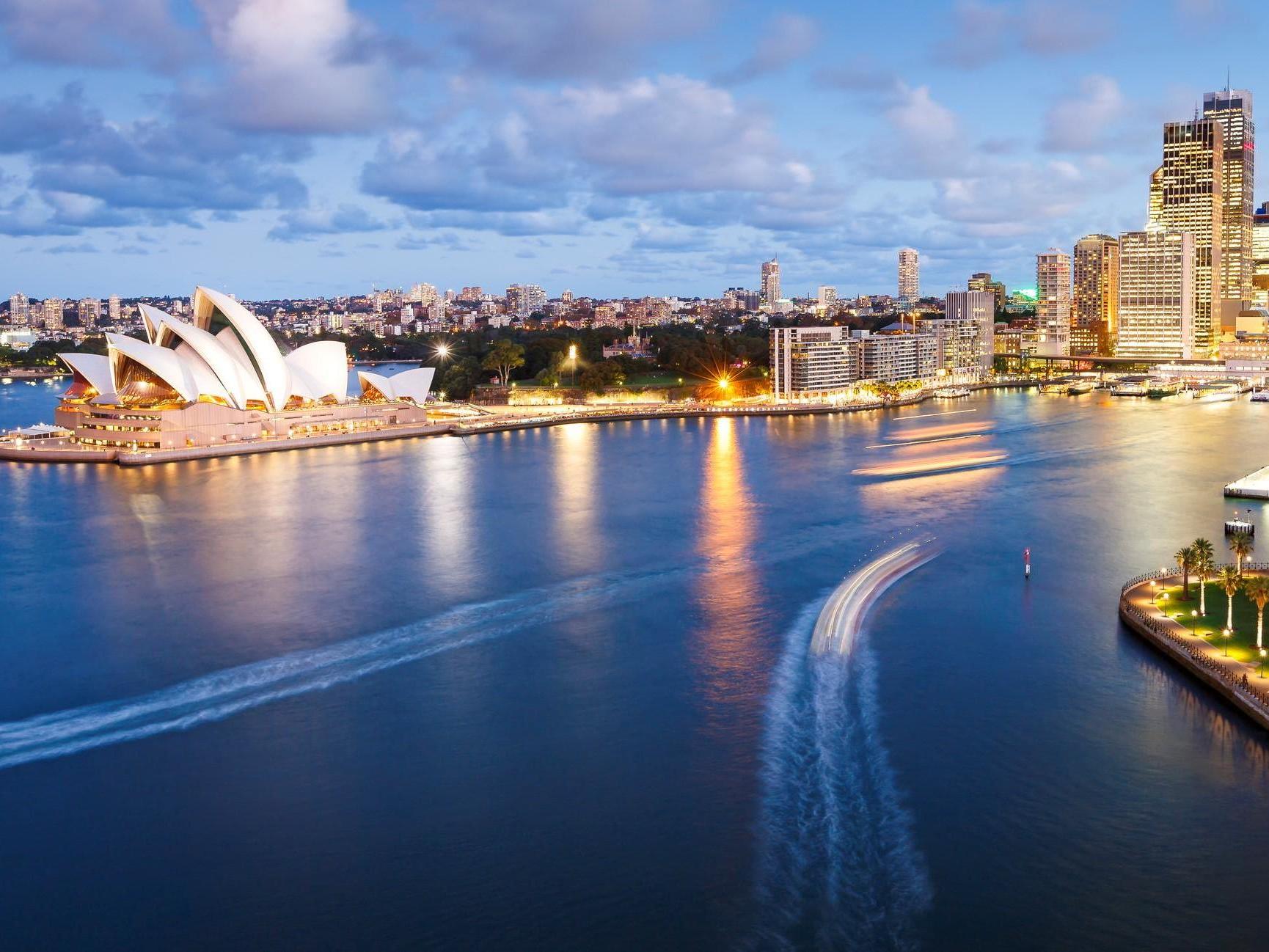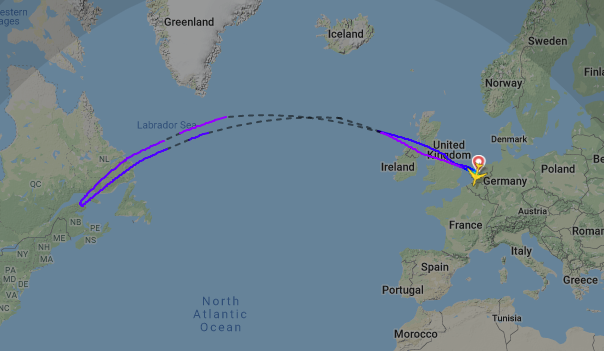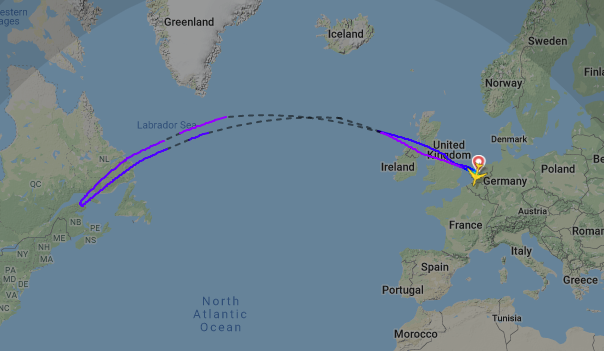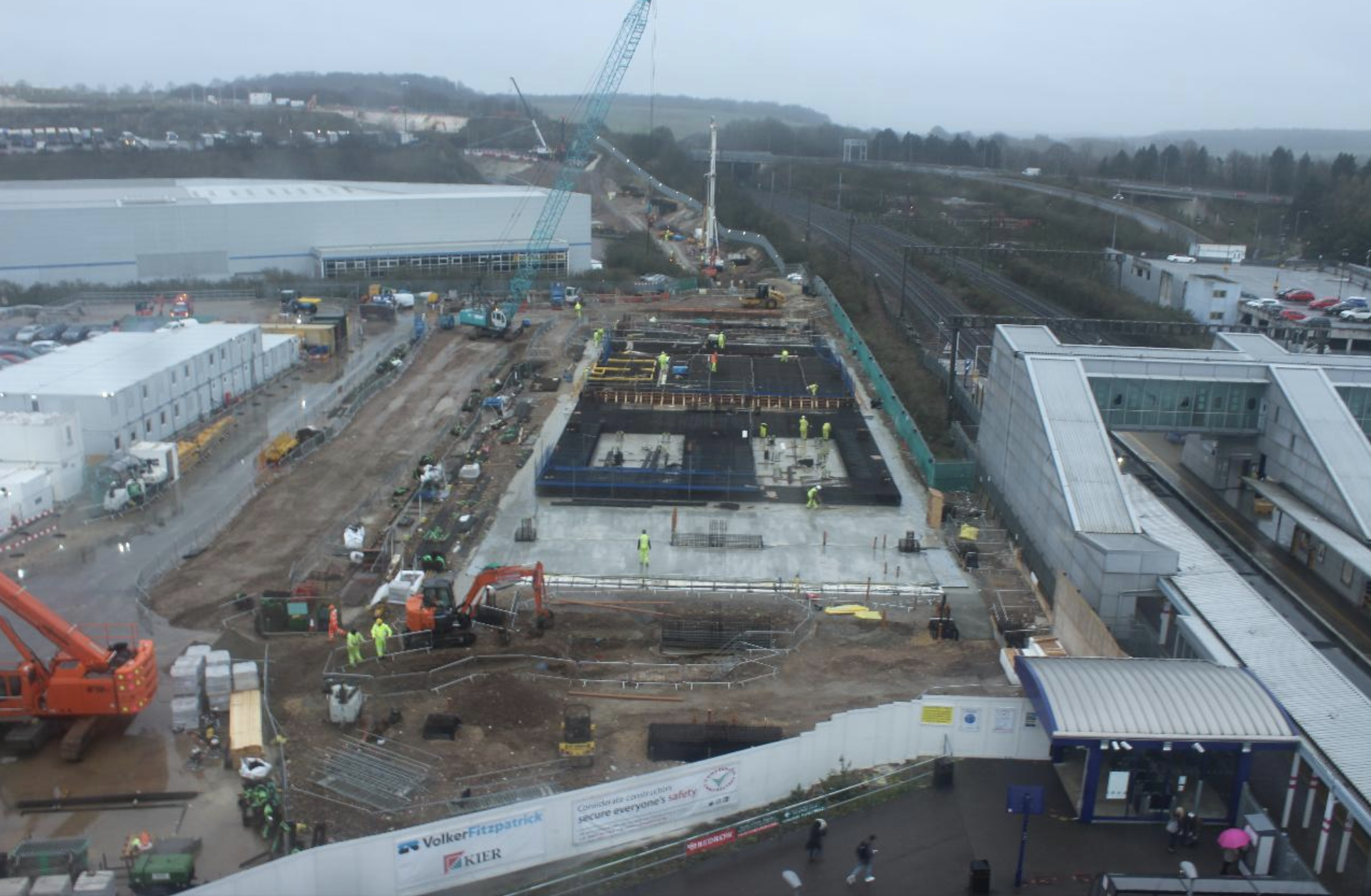
The main road link to the UK’s fifth-busiest airport, Luton, is to be closed all weekend – disrupting three days of access for more than 120,000 passengers.
A massive bridge is to be moved into place over the weekend, as part of the airport’s Dart (Direct Air to Rail Transit) project.
It is part of a new shuttle link is being built between the airport, which is on a hill, and Luton Airport Parkway station, which is in a valley.
The bridge has been assembled off-site and will be moved into position over the weekend.
The A1081 New Airport Way, the main link from the M1 motorway and the town of Luton, is the means of access for the vast majority of passengers and many staff.
1/8 Therapy dogs at Vancouver International Airport
Vancouver International Airport employs therapy dogs to assist with anxious and stressed passengers
Vancouver International Airport
2/8 The rooftop swimming pool at Changi Airport, Singapore
This airport also includes its own cinema
Changi Airport, Singapore
3/8 Green space at Vancouver International Airport
Vancouver International Airport scored top marks for outdoor and green space
Vancouver International Airport
4/8 The outdoor terrace at San Francisco International Airport
San Francisco International Airport is the seventh busiest airport in the US
San Francisco International Airport
5/8 Fancy a dip?
A pool at Dubai International Airport, the world’s busiest airport and number three in the ranking
Dubai International Airport
6/8 Frankfurt Airport
With an open-air roof terrace, dedicated silent chairs, a quiet room and peaceful leisure facilities, Frankfurt International Airport came top in the ranking
Frankfurt Airport
7/8 Work out
The transit lounge gym facilities at Changi Airport’s Terminal 2
Changi Airport, Singapore
8/8 The spa at Vancouver International Airport
Vancouver International Airport came seventh in the ranking
Vancouver International Airport
1/8 Therapy dogs at Vancouver International Airport
Vancouver International Airport employs therapy dogs to assist with anxious and stressed passengers
Vancouver International Airport
2/8 The rooftop swimming pool at Changi Airport, Singapore
This airport also includes its own cinema
Changi Airport, Singapore
3/8 Green space at Vancouver International Airport
Vancouver International Airport scored top marks for outdoor and green space
Vancouver International Airport
4/8 The outdoor terrace at San Francisco International Airport
San Francisco International Airport is the seventh busiest airport in the US
San Francisco International Airport
5/8 Fancy a dip?
A pool at Dubai International Airport, the world’s busiest airport and number three in the ranking
Dubai International Airport
6/8 Frankfurt Airport
With an open-air roof terrace, dedicated silent chairs, a quiet room and peaceful leisure facilities, Frankfurt International Airport came top in the ranking
Frankfurt Airport
7/8 Work out
The transit lounge gym facilities at Changi Airport’s Terminal 2
Changi Airport, Singapore
8/8 The spa at Vancouver International Airport
Vancouver International Airport came seventh in the ranking
Vancouver International Airport
The road will close from 8pm on Friday and is due to reopen, according to Luton Council, at 11.59pm on Monday.
Luton airport recommends: “Cars approaching the airport from the M1 should follow diversions along the B653 Gypsy Lane, A505 Kimpton Road to Airport Way.
“HGVs and coaches approaching the airport from the M1 should follow the diversion route along London Road, onto Castle Street, A505 Park Viaduct to Windmill Road, then onto the A505 Kimpton Road and Airport Way.”
National Express coach services and the bus from Luton Airport Parkway will be diverted and journey times extended.
The £225m Dart project is due to open in 2021. The airport describes it as a “double-shuttle, fully-automated people-mover, based on the latest system technology and design innovation”.
The four-minute journey replaces the existing bus link, which is both slow and unreliable. The shuttle will reduce the journey time between St Pancras station in London and Luton airport to half an hour.
Luton airport is the headquarters of easyJet, the main UK hub for Wizz Air and an important base for Ryanair.
